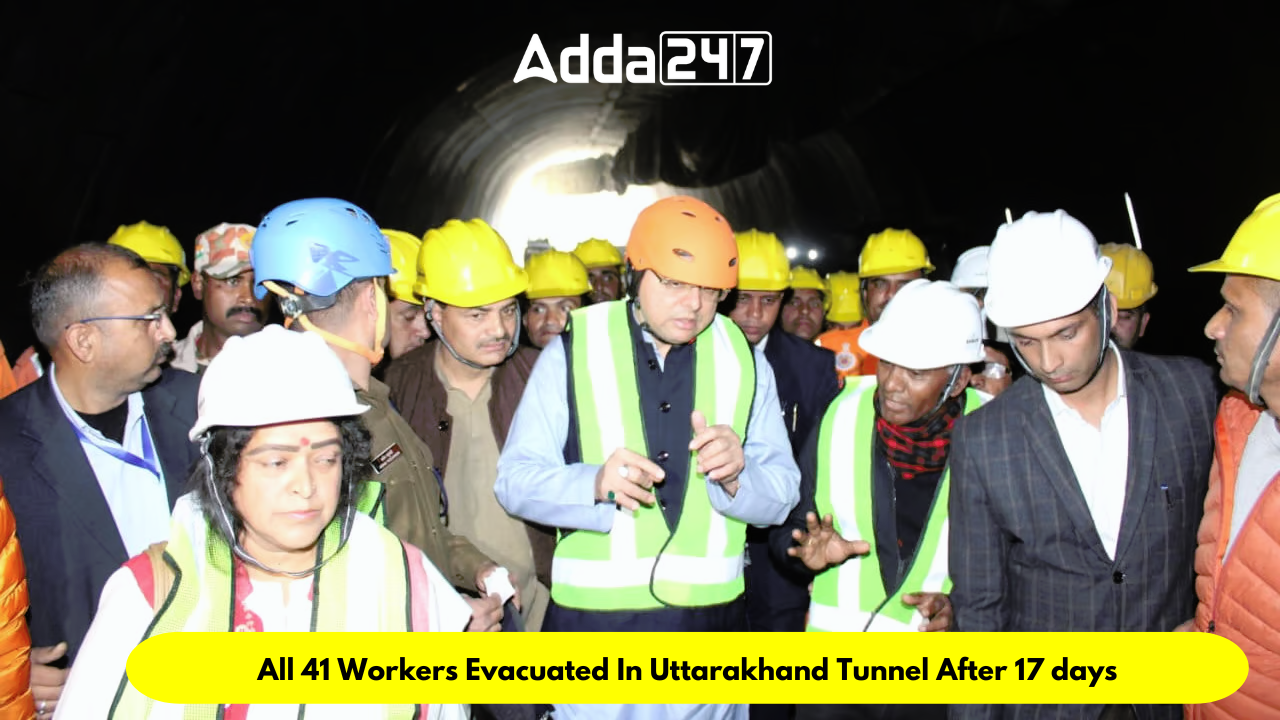On November 23, 2023, after 17 harrowing days trapped underground, all 41 workers were successfully rescued from the collapsed Silkyara-Barkot tunnel in Uttarakhand, India. The rescue operation, which involved a combined effort of the Indian Army, the National Disaster Response Force (NDRF), and local authorities, became a symbol of human resilience and determination in the face of adversity.
The Silkyara-Barkot tunnel
- The 4.5 km-tunnel is part of the Centre’s ambitious Char Dham project aimed at providing all-weather connectivity between four prominent Hindu shrines in Uttarakhand – Badrinath, Kedarnath, Gangotri and Yamunotri.
- Also known as Silkyara tunnel, this tunnel is on the route connecting Silkyara and Dandalgaon in Uttarkashi district. It is a double-lane tunnel and one of the longest under Char Dham project.
- About 2.4 km of the under-construction tunnel from the Silkyara side and 1.75 km from the other side has been built.
- The tunnel, once complete, is expected to cut down travel time by an hour. The project to build the tunnel is being carried out by Hyderabad-based Navayuga Engineering Company Limited, which has reportedly handled such projects before.
What Went Wrong?
On November 12, a section of tunnel between 205 and 260 metres from the Silkyara side collapsed. Workers who were beyond the 260-metre mark were trapped, with their exit blocked. Fortunately for them, the part of the tunnel where they are stuck has power and water supply. While government authorities have maintained that a detailed probe will reveal what led to the collapse, multiple theories are floating around. One of them is that a landslide in the fragile Himalayan region led to the collapse. Several experts have pointed out how hasty development in the ecologically sensitive region was responsible for the incident.




 Centre Unveils ₹17 Lakh Crore PPP Projec...
Centre Unveils ₹17 Lakh Crore PPP Projec...
 Haryana to Launch India's First Hydrogen...
Haryana to Launch India's First Hydrogen...
 Supreme Court Signs MoU for Law Clerks E...
Supreme Court Signs MoU for Law Clerks E...







